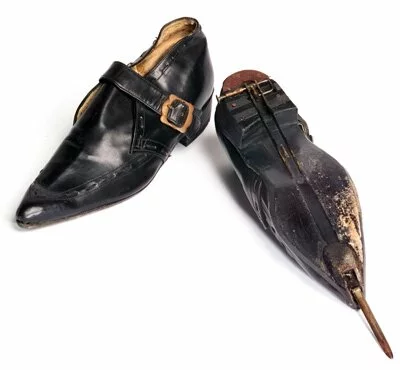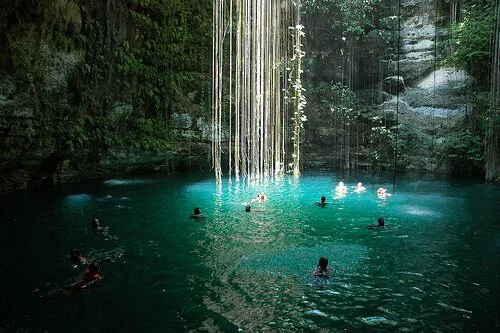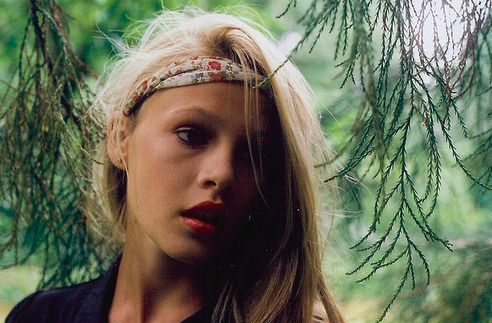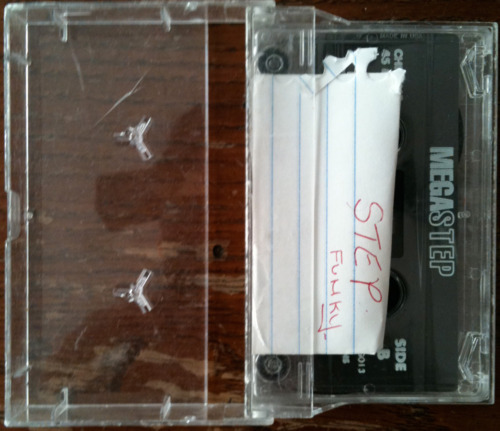Shea Stadium’s Bathroom in Brooklyn, NY
BUYING RECORDS
There’s definitely a particular kind of homage in the independent music scene – because in many situations the people you go to see play a show are people you’re actually friends with. It becomes a little less buying a record because you want to listen to it at home and add it to your collection to buying it for the singular purpose of supporting that musician because you dig how genuine they are – if you give Drake’s Take Care a listen you’ll catch my drift. Reverting back to my belief that music helps us associate feelings to memories, I’ll buy my boys record for the simple reason that it reminds me of hanging out with him and some of the good times we had.
GOING TO SHOWS
I for one will go to a show mostly because a good chunk of my friends are going or my friends are playing it, too. When I first started to going to shows as a kid, the first few shows I went to were at a big venue because it was all I knew about at the time. My initial exposure to going to shows at small venues started when I learned about the DIY scene, peddled to me via the internet.
After attending shows at both big venues and small venues, I can clearly see the difference between going to a show at a big venue and seeing a show at a small one. Big venues are just so cold! They’re really just glorified bars. I don’t know about you, but I really don’t want to be stuck in between a large mass of people and not even be able to see the artist preforming, regardless of how much I like their music. not only that, but I’ve found that smaller venues are generally a better social environment. Is it really worth paying the premium cost for a ticket to see a musician play at a huge venue vs. one you kind-of like play at a smaller venue and typically for a cheaper cost?



 Around September sometime I stumbled upon my mom’s cassette tapes that she used to teach her fitness classes in the 90’s in our basement. She taught STEP, Spinning and Yoga to name a few. My sister and I used to go with her to all of her classes when we were kids during the summer, and I can say each tape is a recallection of the 90’s for me, a complete throwback into all I experienced growing up during that time.
Around September sometime I stumbled upon my mom’s cassette tapes that she used to teach her fitness classes in the 90’s in our basement. She taught STEP, Spinning and Yoga to name a few. My sister and I used to go with her to all of her classes when we were kids during the summer, and I can say each tape is a recallection of the 90’s for me, a complete throwback into all I experienced growing up during that time.  MEGASTEP, in particular, is a tape created by a company that compiles remixes of songs according to a certain BPM for a workout. This tape features generic drum beats, well laid-out synth lines, funk, and nice vocal samples. Overall it is a simple, well done C45 of electronic dance modified for workouts. It’s is a reminder why I have such a short-temper with the glo-fi genre, because I grew up listening to the sounds they attempt to emulate for their nostalgiac, laid-back aesthetic, and I have the real thing sitting in the form of 30 or so cassette tapes in a milk crate.
MEGASTEP, in particular, is a tape created by a company that compiles remixes of songs according to a certain BPM for a workout. This tape features generic drum beats, well laid-out synth lines, funk, and nice vocal samples. Overall it is a simple, well done C45 of electronic dance modified for workouts. It’s is a reminder why I have such a short-temper with the glo-fi genre, because I grew up listening to the sounds they attempt to emulate for their nostalgiac, laid-back aesthetic, and I have the real thing sitting in the form of 30 or so cassette tapes in a milk crate. 
Recent Comments